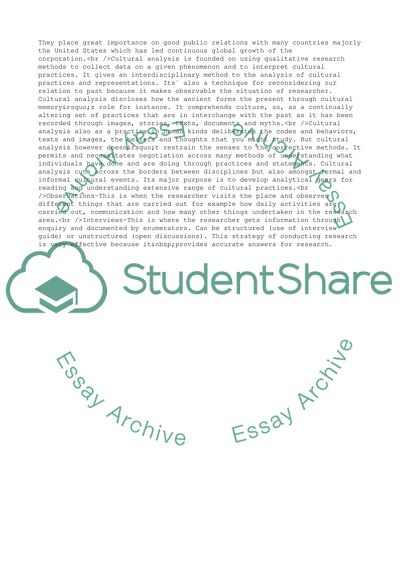Cite this document
(Workplace Culture and Management Report Example | Topics and Well Written Essays - 1750 words, n.d.)
Workplace Culture and Management Report Example | Topics and Well Written Essays - 1750 words. https://studentshare.org/management/1814424-ssay-paper-on-workplace-culture-communication
Workplace Culture and Management Report Example | Topics and Well Written Essays - 1750 words. https://studentshare.org/management/1814424-ssay-paper-on-workplace-culture-communication
(Workplace Culture and Management Report Example | Topics and Well Written Essays - 1750 Words)
Workplace Culture and Management Report Example | Topics and Well Written Essays - 1750 Words. https://studentshare.org/management/1814424-ssay-paper-on-workplace-culture-communication.
Workplace Culture and Management Report Example | Topics and Well Written Essays - 1750 Words. https://studentshare.org/management/1814424-ssay-paper-on-workplace-culture-communication.
“Workplace Culture and Management Report Example | Topics and Well Written Essays - 1750 Words”. https://studentshare.org/management/1814424-ssay-paper-on-workplace-culture-communication.


